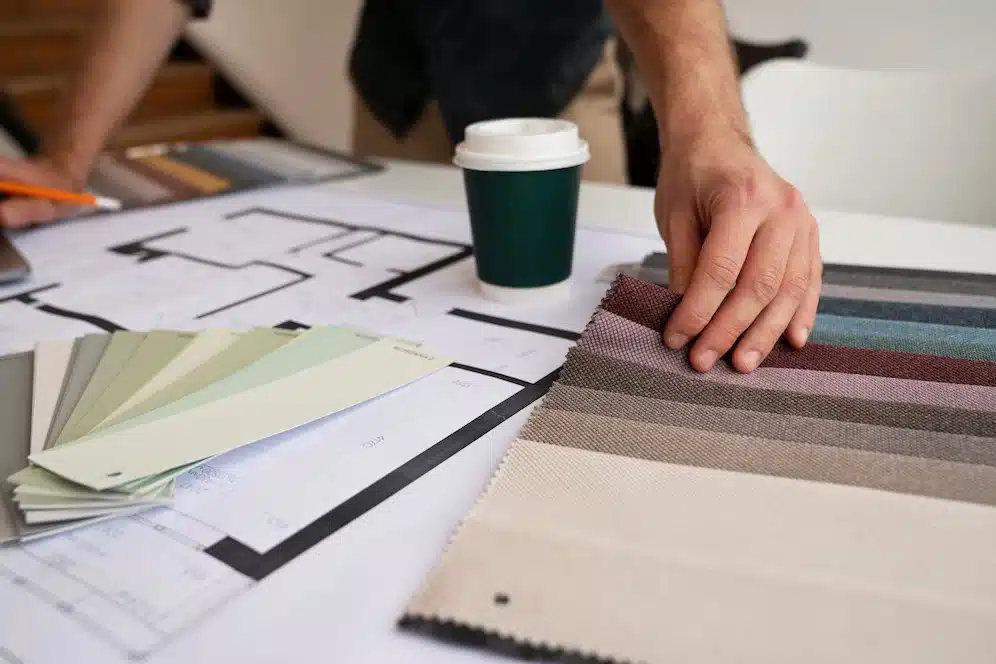B2B Businesses: Why the Interior Market Is a Goldmine
The interior market offers boundless opportunities for B2B businesses. With growing demand for aesthetic, functional, and sustainable designs, interior décor has become a lucrative domain. Here’s why tapping into the interior market is a game-changing opportunity for B2B enterprises.
1. The Rising Demand for Interior Design Solutions
In today’s world, everyone seeks personalized spaces. From homes to offices, the demand for interior solutions is skyrocketing. B2B businesses can cater to this market by supplying furniture, décor items, and raw materials to design firms or retail franchises.
2. B2B Businesses as Suppliers to Interior Designers
Interior designers rely heavily on reliable suppliers. B2B businesses can dominate this market by offering quality products at competitive prices, including:
Modular furniture
Premium wallpapers
Flooring solutions
Lighting and smart home technologies
Building strong relationships with designers guarantees recurring business.
3. Franchise Opportunities in Interior Décor
Franchises are an effective way to expand in the interior market. B2B businesses offering franchise models for interior décor and furniture outlets can benefit from large-scale sales. Entrepreneurs often prefer ready-made solutions, making this a profitable venture.
4. The Boom in Real Estate Drives Interior Needs
With real estate flourishing, interior décor is integral for homes, offices, and commercial spaces. B2B businesses can collaborate with real estate developers to provide bulk décor items, custom designs, and furnishings. This partnership ensures steady revenue streams.

5. Embracing Technology in Interior Market
Smart tools, such as 3D rendering software and digital catalogs, are reshaping interior design. B2B businesses offering tech-driven solutions can attract design firms looking for innovative approaches to showcase and execute projects effectively.
6. Eco-Friendly and Sustainable Products Are Key
Eco-consciousness is rising among consumers. B2B businesses can supply sustainable materials such as bamboo furniture, eco-friendly paints, and recyclable décor items. These products are highly demanded by modern designers and retailers.
7. Bulk Orders for Hospitality and Corporate Sectors
Hotels, restaurants, and offices constantly revamp their interiors to stay competitive. B2B businesses can tap into this market by supplying furniture, décor, and customized designs at scale. Such bulk orders ensure high ROI.
8. Creating a Network of Dealers and Distributors

Success in the interior market relies on a strong distribution network. B2B businesses must establish partnerships with dealers, distributors, and wholesalers to reach a broader audience. Offering incentives to partners can strengthen these relationships.
9. Marketing Strategies for B2B Businesses in Interiors
Effective marketing is essential for B2B businesses. Tactics include:
Exhibiting at trade shows
Building an online presence with portfolios
Offering virtual consultations to potential clients
These strategies attract more collaborators in the competitive interior market.
10. Challenges in the Interior Market for B2B Businesses
While the interior market is lucrative, challenges like fluctuating costs, logistics, and maintaining product quality exist.
B2B businesses must address these through efficient supply chains, competitive pricing, and consistent product standards.
Challenges in the interior market for B2B businesses include managing fluctuating material costs and ensuring efficient logistics for timely deliveries. Maintaining consistent product quality while meeting diverse client demands is also a critical hurdle.
11. Future Growth Opportunities in the Interior Sector
With urbanization and rising disposable incomes, the future of interior décor is bright. B2B businesses that adapt to trends like minimalism, smart homes, and multi-functional furniture will remain relevant and profitable.
12. Case Studies of Successful B2B Businesses in Interiors
Examining successful ventures helps identify winning strategies. Look at companies that scaled by offering unique décor items or those that leveraged technology for customized designs. Learning from these examples can guide new entrants in the market.
Conclusion
The interior market is indeed a goldmine for B2B businesses. With a strategic approach, collaborations, and quality offerings, businesses can thrive in this booming industry. Whether supplying to designers, opening franchises, or embracing technology, the opportunities are endless.








